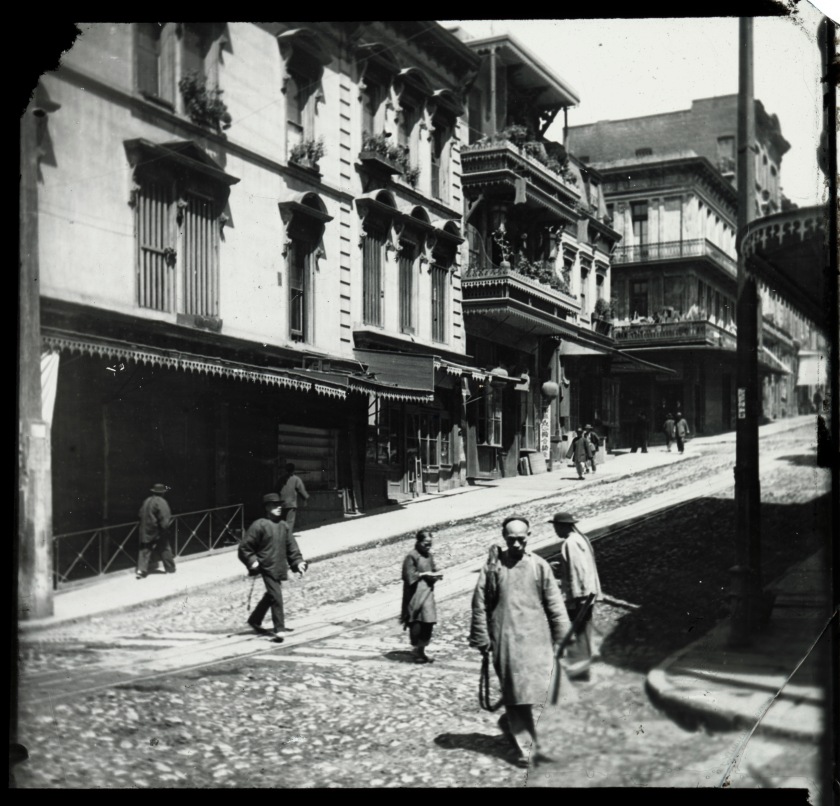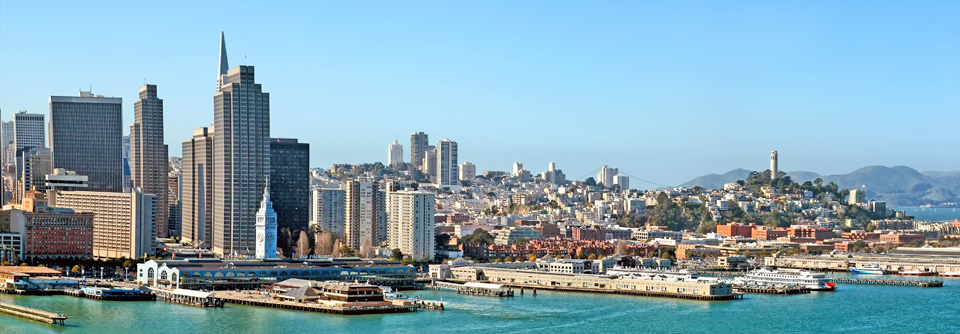The following article contains information and quotes directly from Alien Neighbors, Foreign Friends: Asian Americans, Housing, and the Transformation of Urban California. Check out the book if you are interested in learning more.
Any guess about where racial segregation began probably starts with the American South. However, the first instance of residential segregation based on race actually occurred in an unlikely place–on the other side of the country, in San Francisco, California.

From 1848 to 1855, California experienced a gold rush that lead hundreds of thousands of people to the West Coast in search of riches. While mostly American, these people included Chinese, Mexican, British, and Australian immigrants. Due to their distinctive dress and highly recognizable appearance in the goldfields, Chinese immigrants suffered from intense racial prejudice and violence. The 1852 Foreign Miners Tax charged Chinese miners $3 a month in tax and in an area known as Rich Gulch, 200 Chinese miners were robbed and 4 were killed. Unfortunately, violence and discrimination only worsened.
With the gold deposits drying up, many frustrated Americans blamed Chinese immigrants for stealing all of the gold for themselves. These sentiments brewed intense hatred for the Chinese, which forced them to live together for safety in what was the start of Chinatown.
By the 1870s, nearly three decades before African-American segregation became commonplace in the American South, Chinese immigrants were being kept racially segregated from White Americans. The heated animosity towards Chinese immigrants that started during the Gold Rush had developed into something more sinister. Now, the Chinese were being described by Americans as subhuman, filthy creatures that needed to be kept away from the rest of the public. So how was this accomplished?
Well, as mentioned, violence forced Chinese immigrants to join together in Chinatown for protection and safety. Mark Twain in his 1871 book Roughing It, describes how an inoffensive Chinese man was stoned to death while a crowd watched, refusing to interfere. Corroborating this type of violence, Chinese consul Zhang Yinhuan pointed out that White San Franciscans “have been burning, pillaging, robbing and killing” Chinese residents for years.

These accounts are troubling but help explain how racial segregation was beginning to to take shape. Next, new attempts sprang up to prevent Chinese residents from living in any part of San Francisco. In 1885, the mayor signed a resolution ordering all Chinese to leave the city and in 1890, the Bingham Ordinance was passed which mandated that all Chinese residents must leave San Francisco within 60 days. Fortunately, a group of Chinese merchants successfully challenged the legality of such orders. However, just because Chinese residents kept their homes in San Francisco does not mean that they were free to move elsewhere in the city, away from Chinatown.
Due to overpopulation, many Chinese residents wanted to leave Chinatown despite the violence that occurred on the outside. Yet, in the most obvious example of racial segregation, they were prevented from buying houses anywhere outside of Chinatown. According to the secretary of the Chinese Y.W.C.A, who was tasked to locate any homes available to Chinese tenants outside of Chinatown, “no favorable replies” could be found. Homeowner associations had formed racial restrictive covenants that prevented Chinese tenants from living in neighborhoods such as Richmond or Twin Peaks because they were not entirely “of the Caucasian race.” In language directly from the 19th century, “‘Let the Chinese stay below Stockton. This is a white man’s land.”’ Chinese home seekers simply had no other options outside of what was already sectioned for them.
The filthy conditions of Chinatown can also be partially traced back to city authorities. Since they believed the Chinese were intrinsically lesser beings, they allowed White business owners to setup brothels, saloons, shooting galleries and other typically unwelcomed services in Chinatown. In turn, White San Franciscans pointed towards these businesses to reinforce negative stereotypes of Chinese residents. Chinatown was not merely a district where certain residents were forced to live, it was where city authorities believed they could satisfy vices without compromising White neighborhoods. To make matters worse, newspapers also ran sensationalized stories of rampant opium use, gang warfare, and prostitution to capitalize on any biases associated with Chinatown.
To summarize, we typically think of racial segregation in the context of the American South. However, we should remember that racial segregation was not limited to one geographical location, and that San Francisco contained segregated spaces before the end of reconstruction and the start of Jim Crow laws. This segregation was enforced through violence that pushed Chinese immigrants into their own enclave, but also through racially restrictive agreements that prevented Chinese tenants from living in White neighborhoods. City authorities attempted to evict Chinese residents entirely from San Francisco, and although these efforts failed, Chinatown was degraded with unwelcomed businesses that helped cement negative portrayals of Chinese immigrants in the minds of White San Franciscans. If there is any doubt whether racial segregation actually occurred in San Francisco, just remember what one Chinese man said when asked about the prospect of leaving Chinatown.
